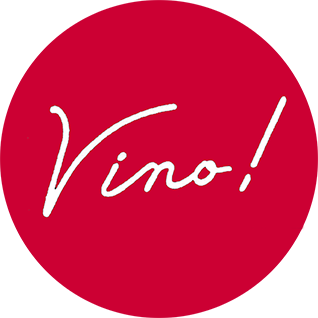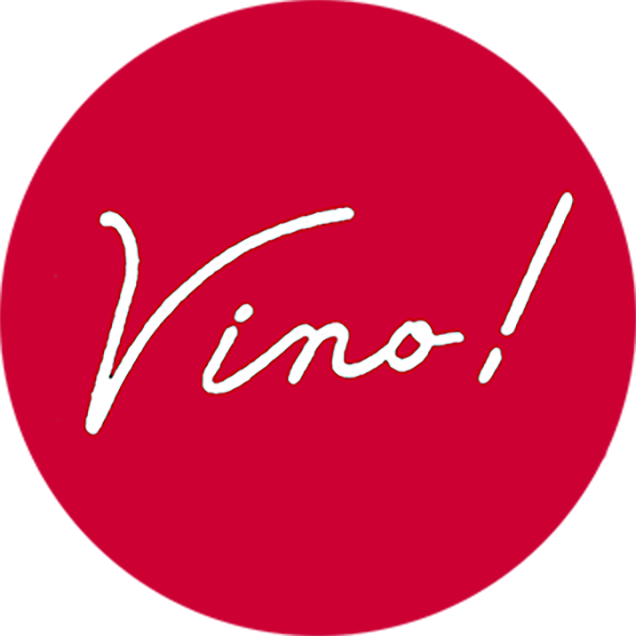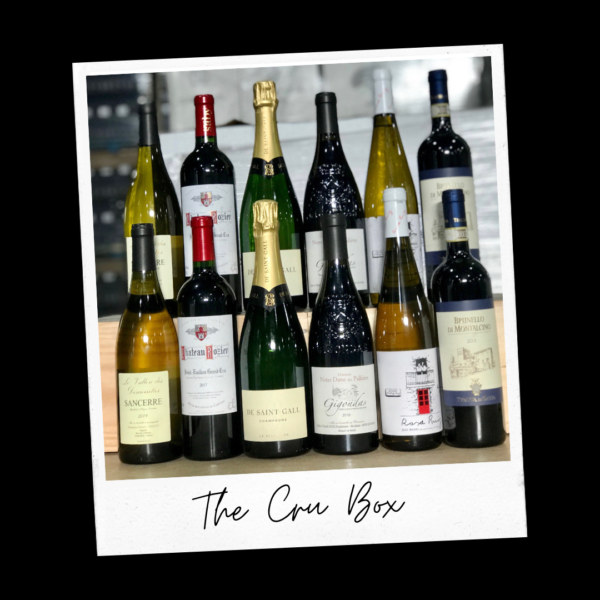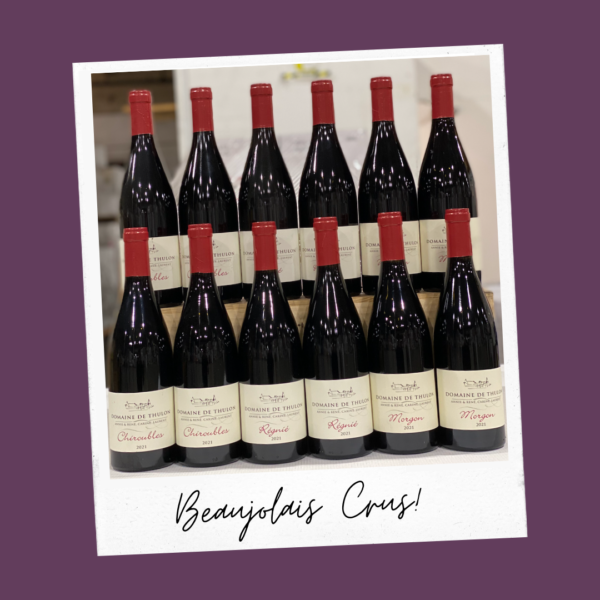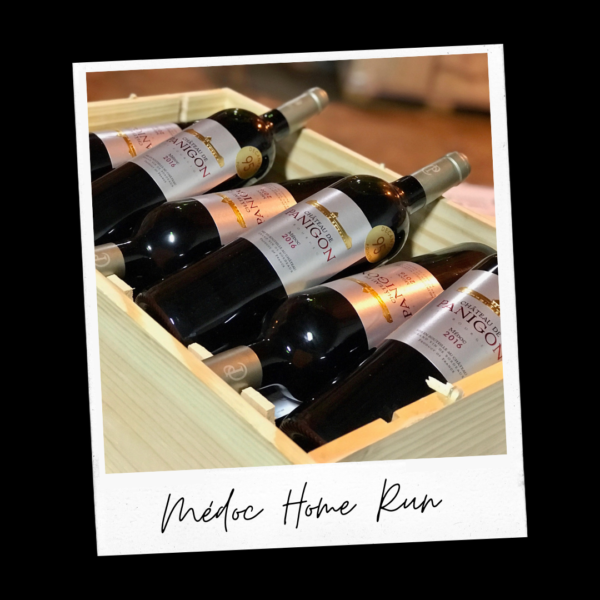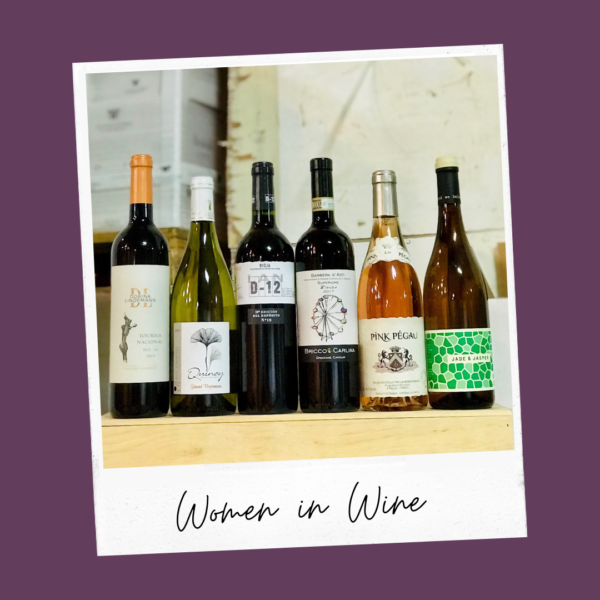Schiavenza 2015 Barolo Serralunga d’Alba Yes – We are throwing very proper, very cult Barolo into your Vino Box. The local Piemontese dialect for sharecropper is “schiavenza,” and this much-buzzed-about estate takes its name from the sharecroppers who formerly worked the property’s vineyards during the time that it functioned as a hospital and school as part of the Opera Pia Barolo (you can think of the Opera Pia Barolo as a similar entity to the Hospices du Beaune). Brothers Vittorio and Ugo Alessandria revitalized this property in the mid 1950’s when it was in need of such work, and things are thriving under the current second generation, with farming and winemaking led by son-in-laws Luciano Pira and Walter Anselma. A name like Schiavenza should give one a clue as to the style here; this is a “traditional to the bone” property with a foundation of organic farming and Slovenian botti, nothing more and nothing less. Vineyard holdings have expanded over time, and the estate is made up of ten hectares split between Serralunga and Monforte. These include the heralded crus Prapò, Bricco Cerretta, and Broglio. Taste Walter’s 2015 Barolo Serralunga and you’ll likely be floored. To achieve this kind of finesse with equal levels of concentration is at the same time astounding and unreal. Traditional winemaking in Barolo is all well!
Viu Manent 2018 Gran Reserva Cabernet Sauvignon The Viu Manent estate is one of the most strategically exposed vineyard sites in Colchagua, and it includes 150 hectares of pre-phylloxera massal selections (i.e. super old vines) from France. This company provides us with wines we consider some of the most solid “under $20” varietal wines you’ll find anywhere in the world. Malbec is the house specialty here, but we have a soft spot for this Gran Reserva Cabernet they produce. After nearly 100 years this firm is still family owned and operated (a rarity in Chile, especially for a winery of this size), all farming is certified sustainable, and two of Chile’s top names consult with the winery on a permanent basis – Roberto Pizarro (vineyard management) and Paul Hobbs (winemaking).
Au Bon Climat 2018 Pinot Noir Santa Barbara County
We seldom include domestic wines in your boxes, but we cannot get enough of this generous example of Pinot Noir from our longtime friend, the legendary Jim Clendenen. This, his flagship cuvee, is sourced from 8 different vineyards (Bien Nacido, Le Bon Climat, Solomon Hills, Kick On, Los Alamos, Scheid, Runway, & Westall Vineyard) and 2 different appellations (Santa Maria Valley AVA, Monterey AVA). The color is dense, the tannins plush, the deep berry and spice profile well stated, all the while with that classic “Au Bon Climat balance.”
Ginestraia 2019 Chianti Rufina Here is the “little brother” to our beloved Basciano! Paolo Masi produces this wine for early drinkability, and his new 2019 arrival is crunchy and ready for spaghetti night! Intense, ruby red color. Structured and concentrated wine, it shows scents of little red berries and flowers as typical of Sangiovese, yet with lively acidity.
Domaine Le Clos des Lumieres 2017 Côtes du Rhône Villages Rouge The ambitious and talented Gerald Serrano is solely responsible for the recent “coming out” of this familial estate – Prior to taking things over in 2003 Gerald’s father was selling all grapes on the estate to the local cooperative. Having grown up on the property, Gerald is intimately familiar with the terroir here. The oldest vines now edge 60 years in age and this land really seems to “pack the character in.”. We’ve sold massive amounts of Rhone wine over the last few decades, and Lumieres wines are the most well-received Cotes du Rhone values we’ve carried in our history. “Villages” level Cotes du Rhone sourced from older vines on galet topped chalky sand-clay soil. These galets accumulate the sun heat during the day and return it to the vines in the evening, giving extra concentration and depth to the wine. This is a CDRV to stockpile!
Vignerons de Saumur 2018 Saumur Rouge “Les Epinats” This underdog Saumur vineyard is located on a plateau with gently sloping north-facing hills. The large nearby forests serve as a windbreak and have an influence on the microclimate. There are two main soil types here; shallow, pebbly soil called terre à silex (flinty soil) and less pebbly soil with more clay due to the deterioration of Jurassic limestone (silification if you want to get all geeky). This combination works well, giving us an example of Cabernet Franc dense minerality and snap. Enjoy this medium-bodied number at cellar temperatures with something high in fat.
